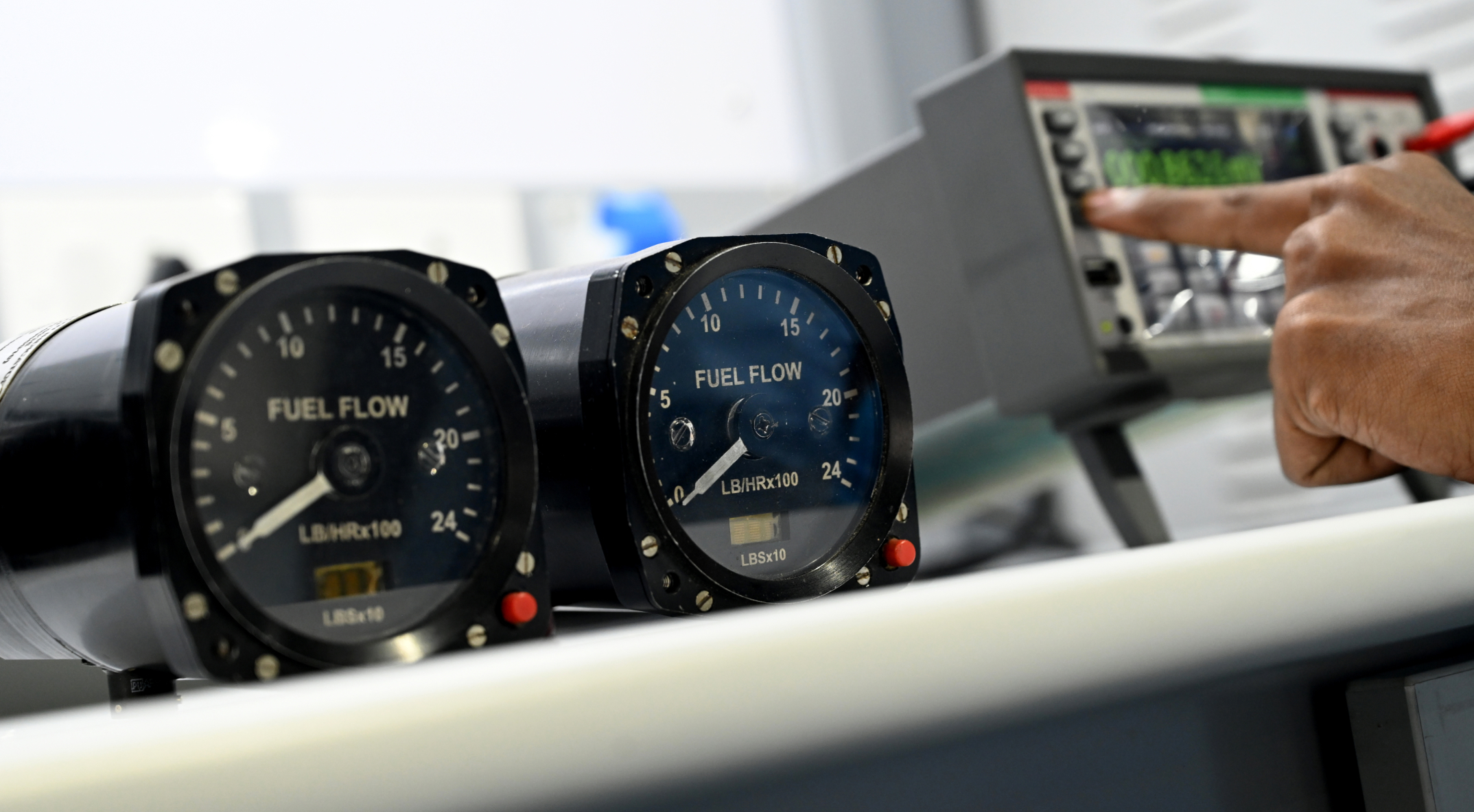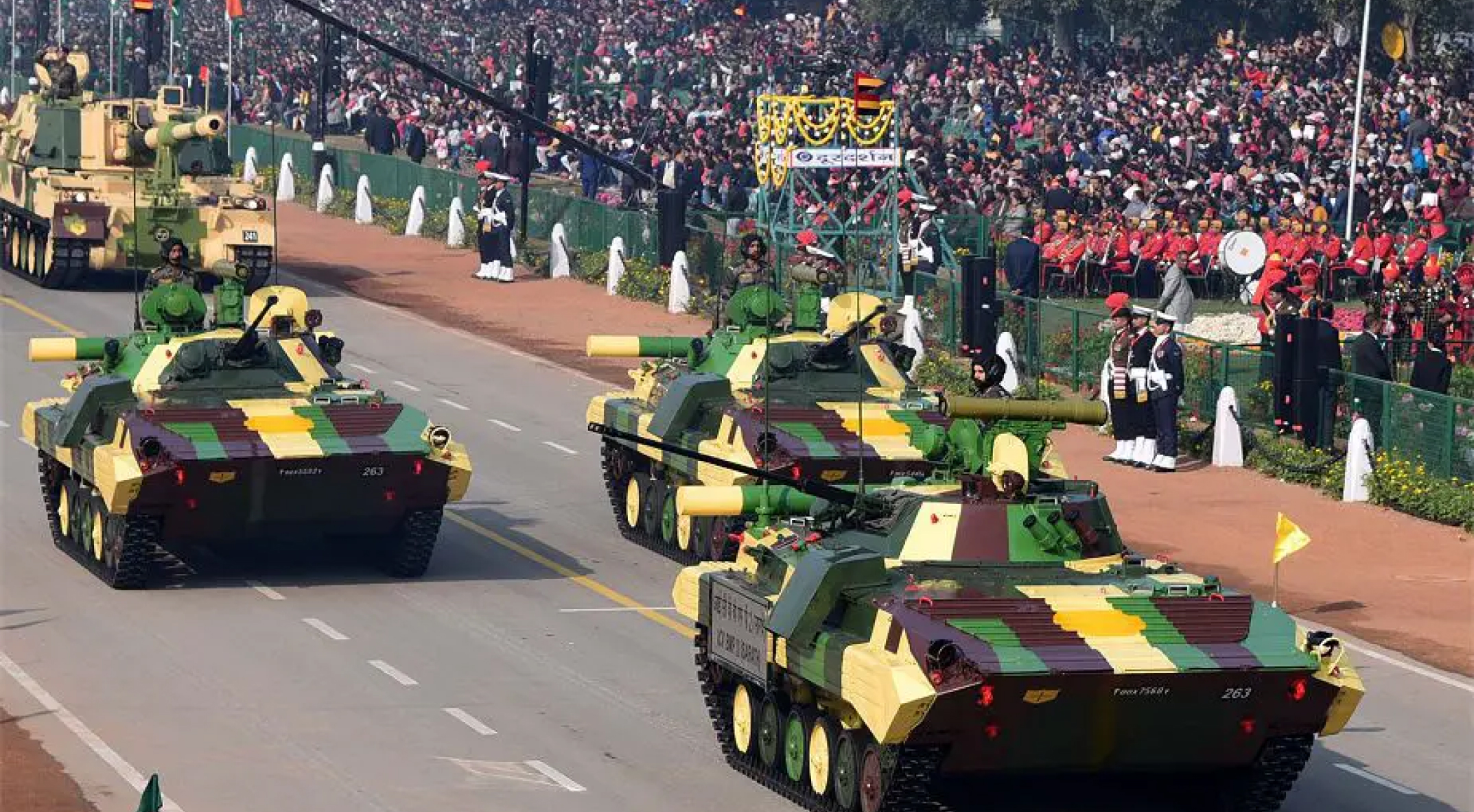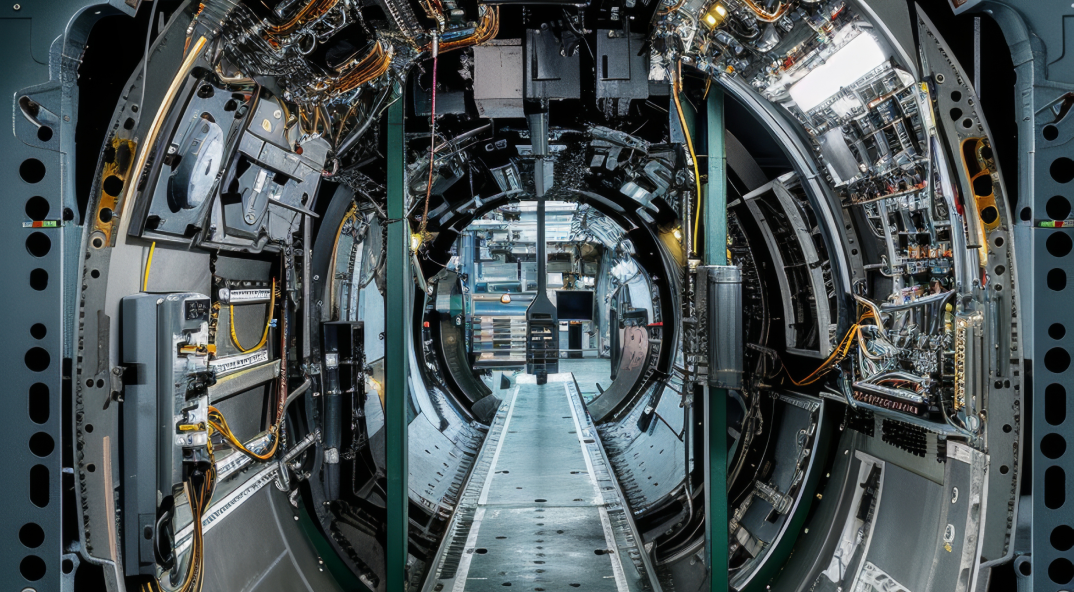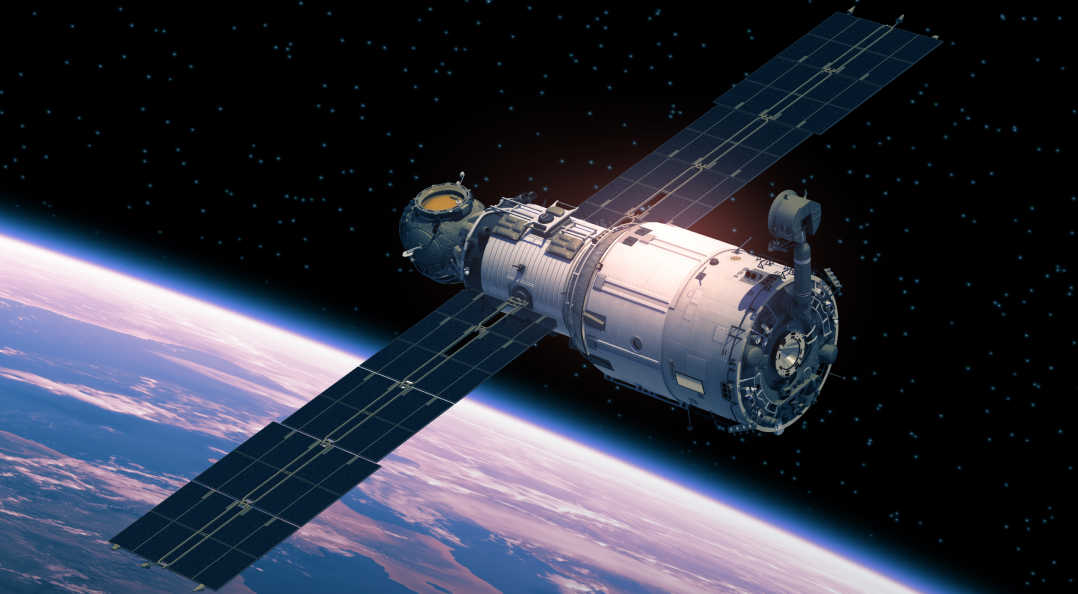Indigenizing Aerospace Technology: Pinaka Aerospace’s Innovation in Fuel Flow Meter for the HAL AVRO 748

This blog explores Pinaka Aerospace’s expertise in indigenizing the fuel flow meter for the Indian Air Force’s aging AVRO, as it transitions to modern aircraft. It discusses the importance of indigenization to ensure operability, the features of the fuel flow indicator, the development process, operational efficiency, improved reliability, and self-reliance for continued national defense capabilities.
Introduction
A crucial component for aircraft operations is the fuel flow meter, which pilots use to monitor fuel consumption and ensure optimal flight performance. Pinaka Aerospace has indigenized this instrument for the AVRO aircraft, which will be phased out, giving way to the Airbus C-295.
The Need for Indigenization
Indigenization reduces dependency on foreign suppliers, particularly for obsolete systems, and ensures that the technology is tailored to meet the needs of the defense forces. The IAF uses the HAL AVRO 748 for logistics, surveillance, special missions, and training, hence the need for a reliable and precise fuel flow meter for the AVRO was critical.
Understanding the Fuel Flow Indicator
A fuel flow indicator measures the rate at which an aircraft’s power plant consumes fuel. It has a totalizer function to calculate the total fuel consumption during a flight, which can be reset to zero. This dual functionality is vital for effective monitoring and management of fuel, directly impacting the aircraft’s operational efficiency and safety.
Key Features of the Indigenized Fuel Flow Indicator
- Form-Fit Replacement for AVRO: The indigenized fuel flow indicator is designed as a form-fit replacement for the existing AVRO meters. This ensures direct integration without the need for extensive modifications to the aircraft.
- Encoder-Based Needle Positioning: Utilizing advanced encoder technology, the needle positioning is highly accurate, providing precise readings of fuel flow rates.
- Digital Totalizer: Including a digital totalizer enhances functionality, allowing for easy resetting and accurate tracking of total fuel consumption.
Specifications
- Indicator Range: 0 to 2400 Lbs/hr (0.79 S.G.)
- Totalizer Display: 4 digits in multiples of 10lb with a pushbutton to reset the totalizer to ‘0000
- Appearance & Fitment: Identical to the existing indicator in markings and appearance, ensuring no visual discrepancies
- Dimensions: 3.25 inch diameter x 5.12 inch length
- Weight: Less than 1 kg
- Qualified Standards: Compliant to MIL 461C/D and 810F/G
The Development Process
Initial Assessment and Requirement Analysis
The process began with a comprehensive assessment of the IAF’s requirements and the limitations of the existing fuel flow meters. Pinaka Aerospace conducted detailed discussions with IAF technical teams to understand the operational challenges and performance expectations. This phase defined the technical specifications and ensured that the new design meets or exceeds the performance of the existing systems.
Design and Prototyping
With a clear understanding of the requirements, our engineering team started work on the design phase. Using advanced CAD software and simulation tools, the team created detailed designs of the fuel flow indicator. The focus was on achieving high precision, reliability, and ease of integration. Prototyping was a critical step, involving multiple iterations to refine design and functionality.
Testing and Validation
Prototyping was followed by rigorous testing and validation. The prototypes were subjected to extensive lab tests to ensure compliance with MIL 461C/D and 810F/G standards, covering electromagnetic interference and environmental conditions, respectively. These tests validated the robustness and reliability of the new fuel flow meter under operational scenarios. Field testing was conducted with the IAF, where the prototypes were installed in AVRO aircraft for real-world performance evaluation. The feedback from these tests involved making final adjustments and enhancements to the design.
Implementation and Integration
Following successful validation, the final version of the fuel flow indicator was approved for production. Pinaka Aerospace ensured a smooth transition by providing detailed installation manuals and training sessions for IAF maintenance crews. The new fuel flow meters were integrated into the AVRO fleet, enhancing the aircraft’s operational continuity.
Impact and Benefits
Enhanced Operational Efficiency
The new fuel flow indicators have improved the accuracy of fuel consumption measurements, allowing the IAF to monitor fuel usage during extended missions where fuel management is critical.
Improved Reliability and Maintenance
The encoder-based needle positioning and digital totalizer reduce the likelihood of mechanical failures and inaccuracies, leading to enhanced reliability. The indigenized solution also simplifies maintenance procedures, with readily available parts and support from Pinaka Aerospace.
Strategic Self-Reliance
This indigenization effort aligns with the national vision of developing self-reliance, reducing dependency on foreign or unreliable supply chains, and enhancing indigenous capabilities, especially for assets that will be phased out.
Future Prospects
The success of the fuel flow meter project has opened new avenues for Pinaka Aerospace. It positions the company as an able partner as newer transport aircraft such as the C-295 are inducted into the air force. It also highlights Pinaka’s expertise in integrating systems into complex aircraft platforms. Pinaka has delivered cockpit instruments and engine sub-systems that are certified and proven flight-worthy. By extending our expertise to other critical components and systems in the aerospace sector, and continuously innovating and collaborating with defense forces, we aim to maintain technological leadership to support national defense objectives.
Through collaboration, design, rigorous testing, and integration, Pinaka Aerospace has delivered a solution that extends the operational capabilities of the AVRO 748. By focusing on the specific needs of the IAF and leveraging advanced engineering techniques, Pinaka Aerospace has not only met but exceeded the expectations for this critical component. Indigenizing the fuel flow meter is one example of how we lead the way in aerospace innovation.







